10 Priceless Treasures Boomers Should Hold Onto—No Matter What
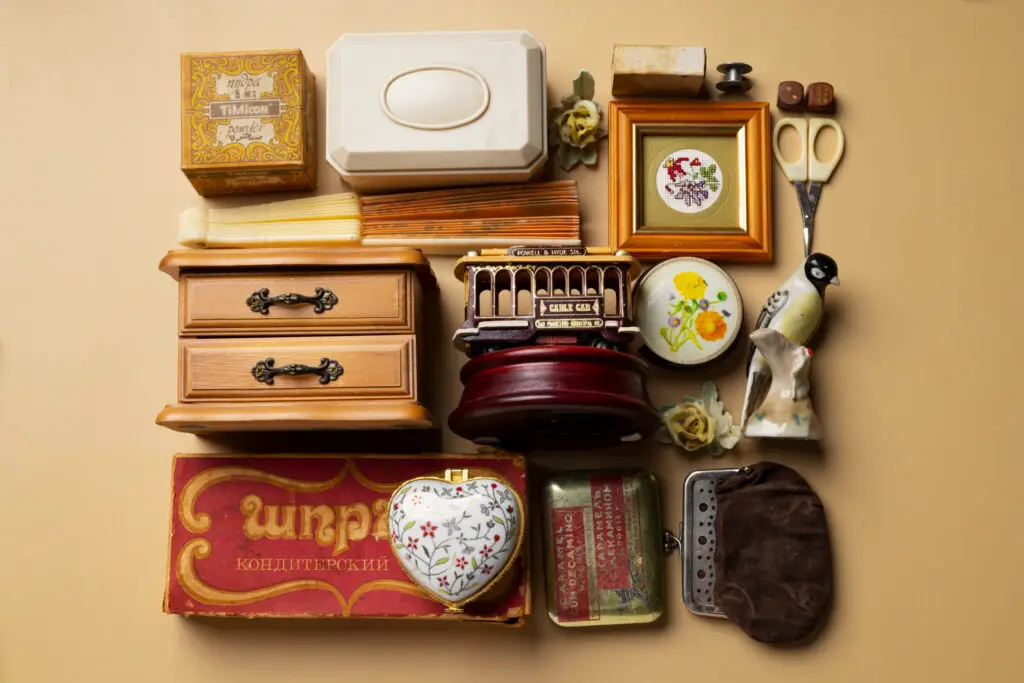
If you are a baby boomer, chances are you have lived through more than a few “out with the old, in with the new” moments. Maybe you have moved houses, downsized to something cozier, or finally tackled that garage that seemed to breed boxes overnight. Over the years, you have collected a lifetime of belongings, and while some of them could be sold, donated, or tossed without much thought, others deserve a place of honor in your life.
These are not just objects. They are touchstones of history—your history—and sometimes they are worth far more than their weight in gold. They hold memories, tell stories, and connect generations. In fact, a few of them could surprise you with their financial value as well.
So, before you haul another load to the donation center or set up tables for a yard sale, pause. Here are ten treasures no boomer should let go of, no matter how tempting it might be to “declutter.”
1. Family Heirlooms
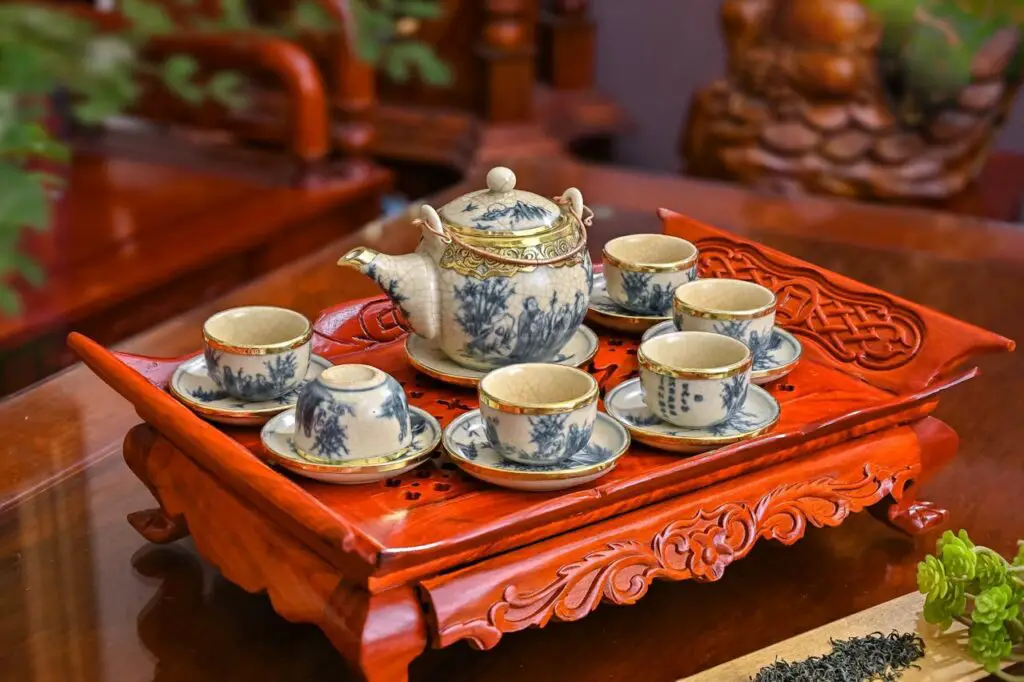
The quilt your grandmother hand-stitched, your father’s pocket watch, or the china set that only came out for special dinners—these are far more than old-fashioned keepsakes. They are physical reminders of the people who shaped your life. Heirlooms like these carry the weight of family history, often along with unique craftsmanship that is hard to find today. Even if you do not have room to display them all, consider storing them safely and passing them down with the stories that make them special. Without you, those stories could be lost forever.
2. Original Photographs
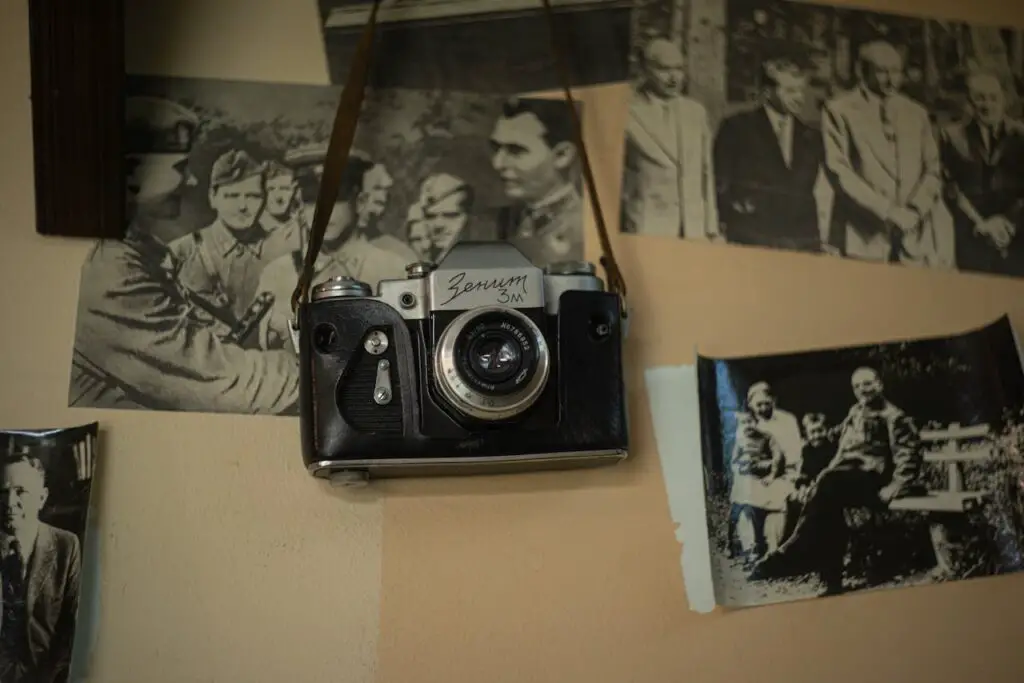
Scrolling through digital albums is convenient, but holding an original photo is like holding a frozen moment in time. Those black-and-white wedding portraits, candid birthday snapshots, and vacation Polaroids preserve textures, colors, and details that screens simply cannot replicate. They are also far less likely to be lost to a forgotten password or a computer crash. Keep them organized in archival albums or boxes, and write names, dates, and places on the backs while you still remember. Decades from now, your family will treasure knowing exactly who is who in those smiling faces.
3. Handwritten Letters and Cards
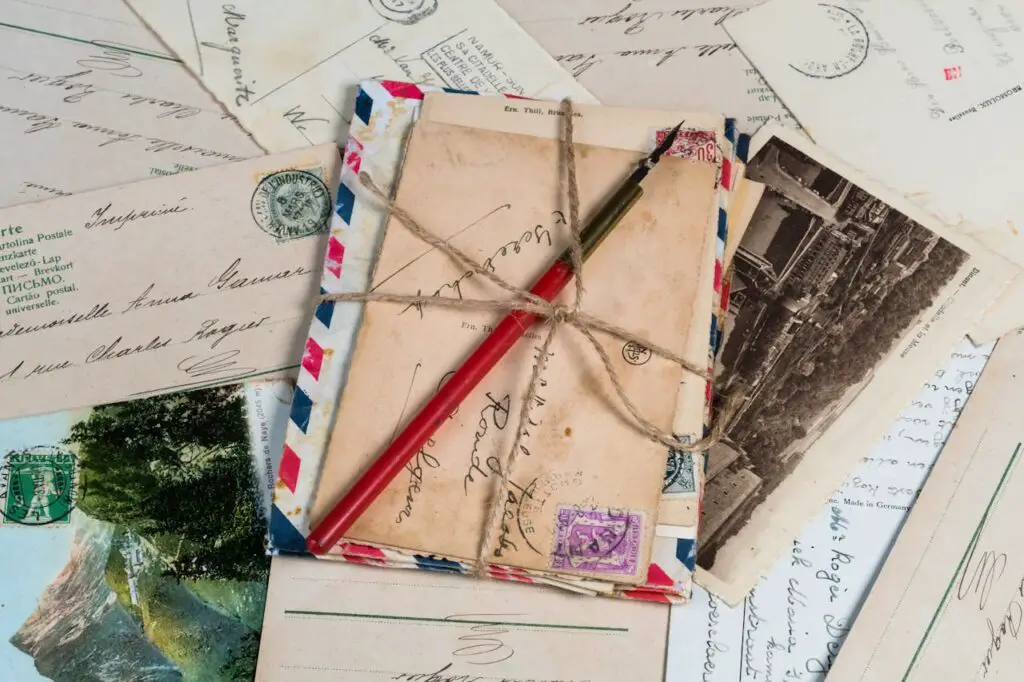
There is something intimate and personal about a handwritten note. Maybe it is the slight slant of the handwriting, the ink smudges, or the way certain words are underlined for emphasis. Letters from loved ones, postcards from far-off trips, and birthday cards from your children capture more than just words—they capture personality and emotion. In a digital world, this kind of connection is rare. Keep them in a memory box or binder. Even a short note can one day mean the world to someone who finds it.
4. Your First Edition Books
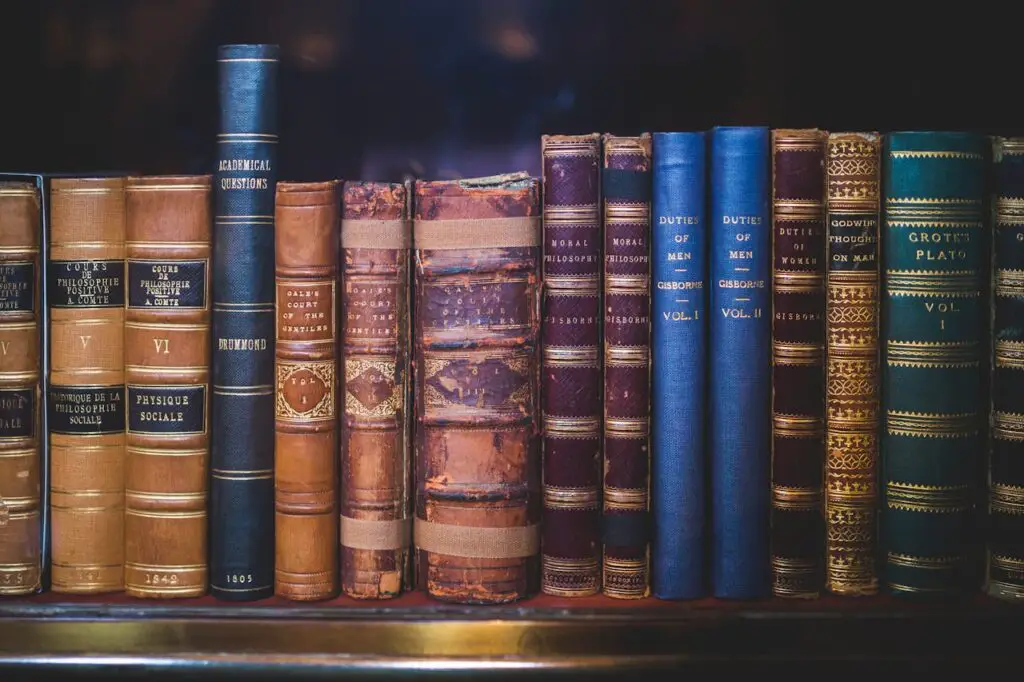
If you own first editions of classic novels, poetry collections, or even groundbreaking nonfiction, you might be holding onto something quite valuable. Collectors often seek out these editions, and the older and rarer they are, the higher their worth. But beyond any price tag, these books tell a story of your own reading journey. Perhaps you bought one in college, received it as a gift, or stumbled upon it in a used bookstore decades ago. Protect them from sunlight and humidity, and enjoy knowing you are keeping a piece of literary history alive.
5. Jewelry with a Story
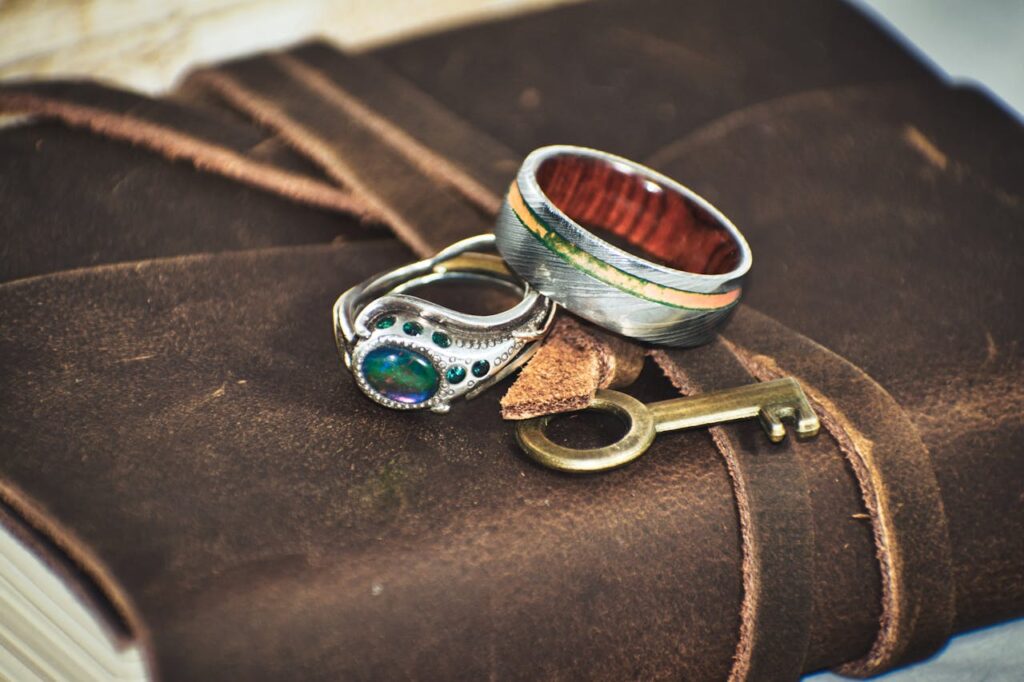
Gold and diamonds may have a market value, but the real worth of jewelry often lies in its story. Your mother’s engagement ring, the bracelet you received on your 25th anniversary, or a necklace you picked up on a memorable trip abroad—each piece carries a moment in time. Passing down such jewelry can give the next generation more than just something pretty to wear; it gives them a tangible link to their family’s past. Keep these items safe and document the stories behind them so they will never be forgotten.
6. Your Military Memorabilia
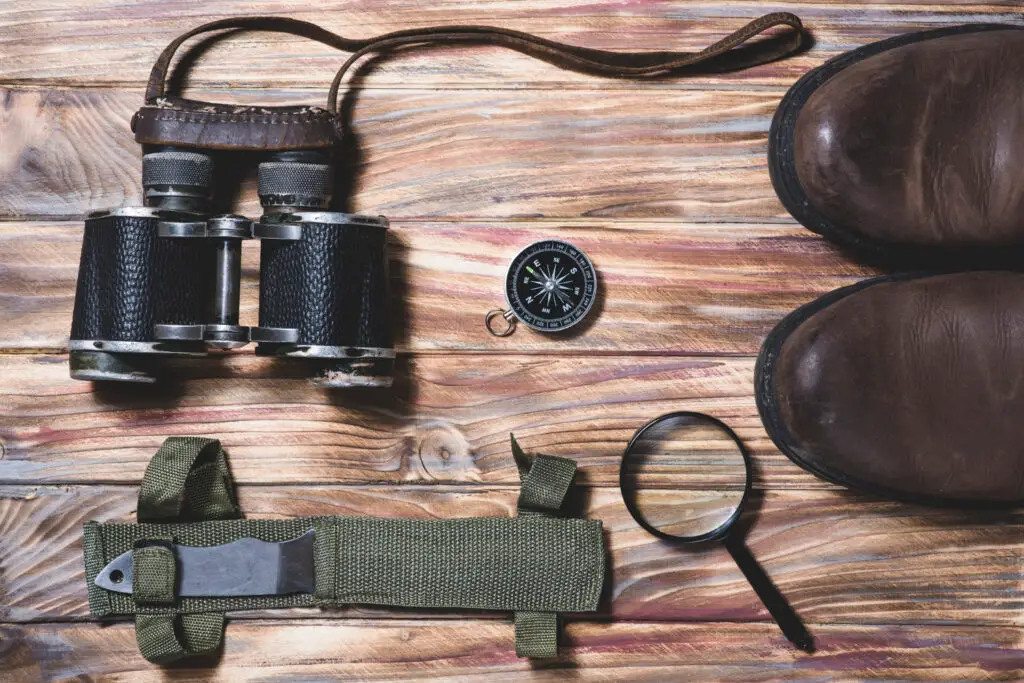
For those who have served—or whose family members have—military memorabilia is more than just fabric and metal. It is a record of courage, sacrifice, and service. Uniforms, medals, service patches, photographs from deployment, and old letters home are artifacts of both personal and national history. Even if you do not plan to display them, keep them preserved. They may one day be donated to a museum, given to a family member, or used to teach younger generations about the realities of service.
7. Vinyl Records and Music Collections
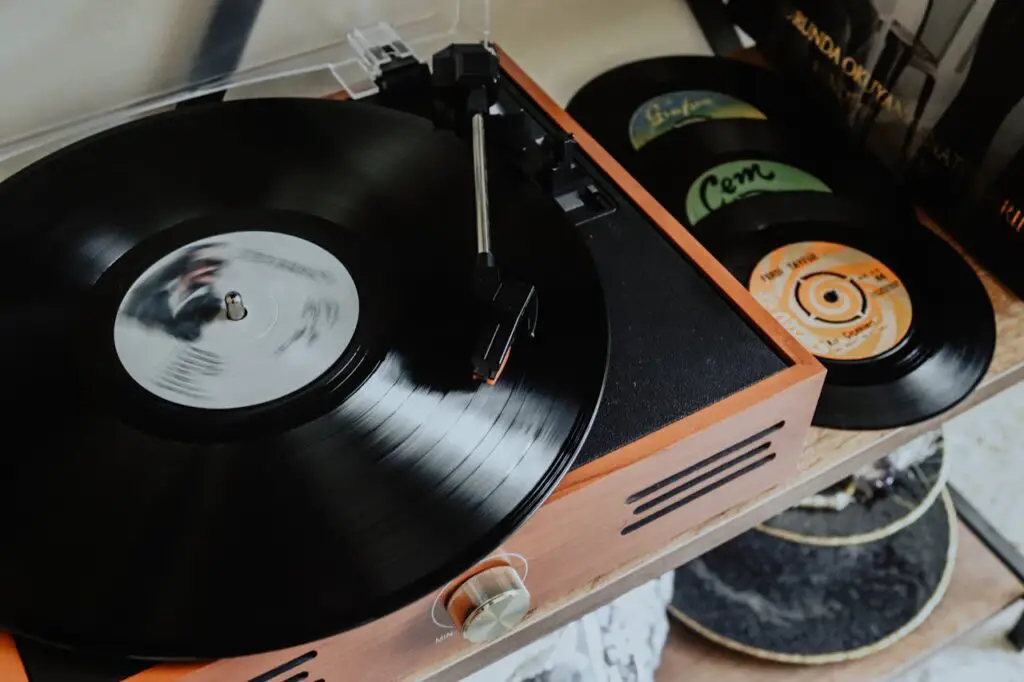
There is a reason vinyl has made a comeback—no playlist can match the warm, rich sound of a record spinning on a turntable. If you have original pressings of albums from the 1960s, 1970s, or 1980s, they could be worth far more than you think. Bands like The Beatles, The Rolling Stones, and Fleetwood Mac have records that fetch high prices among collectors. But even if you never sell them, your vinyl collection is a time capsule of your youth. Put on a record, close your eyes, and you will be right back in the moment.
8. Vintage Tools and Craft Equipment
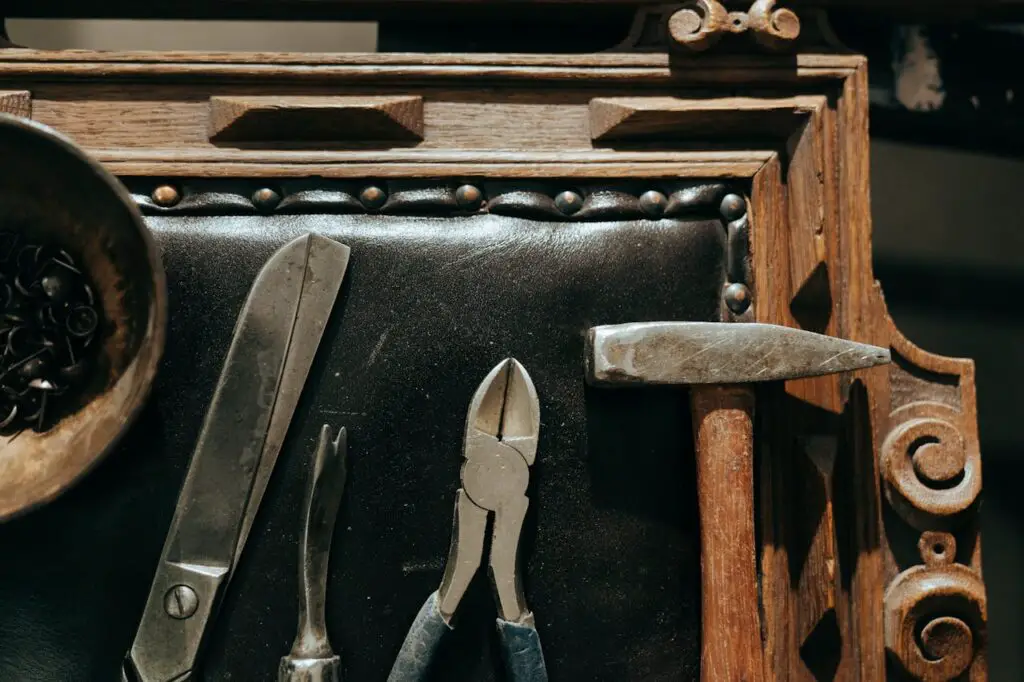
From solid steel hand tools to sturdy sewing machines and woodworking gear, many older tools were built to last generations. Unlike today’s mass-produced items, these were often crafted with care, using durable materials that can outlast modern versions. Whether you still use them or not, they can be passed down to someone who will appreciate their quality and history. They are not just tools; they are symbols of the skills and creativity that have been part of your life.
9. Personal Journals and Diaries
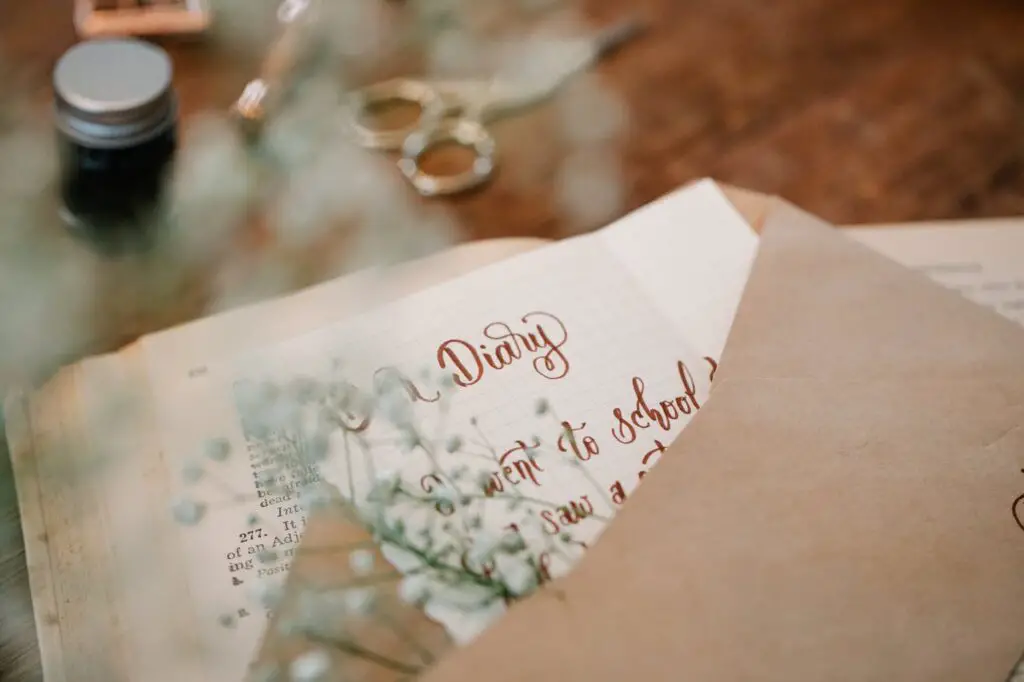
You might not think your day-to-day musings matter, but your journals and diaries are more valuable than you realize. They offer a glimpse into your thoughts, dreams, and experiences—something no one else can capture for you. Years from now, they might help a grandchild understand who you were beyond the family roles you played. If you are worried about privacy, consider adding notes or instructions about when and how they should be shared. Your words could one day be the most personal gift you leave behind.
10. Original Artwork

Art is personal, and original art is irreplaceable. Whether it is a painting from a favorite local artist, a sketch you made yourself, or a framed crayon drawing from your child’s school days, these pieces hold emotional weight that mass-produced prints never will. Some art may even gain financial value over time, but even if it does not, its true worth lies in the memories and meaning it carries. Display it proudly or store it safely—but do not let it slip away.
Final Thoughts
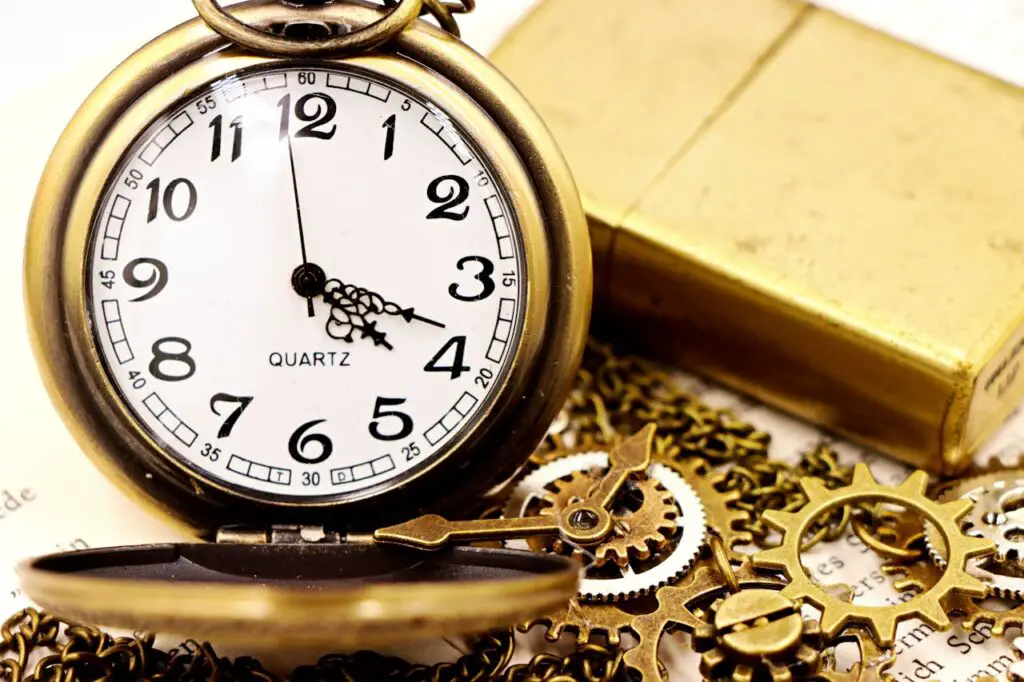
When it comes to deciding what to keep, it is easy to focus on what fits your current space or what might sell quickly. But the most valuable treasures are rarely the ones with price tags. They are the items that tell your story, connect you to the people and moments that shaped your life, and offer future generations a tangible link to their heritage.
So the next time you open a closet, attic, or storage box, do not just see “stuff.” Look for the pieces that make you smile, spark a memory, or remind you of someone you love. Those are the treasures worth keeping—because once they are gone, they are gone forever. Hold onto them, protect them, and pass them on. In the end, they are not just things. They are your legacy.
Leave a Reply